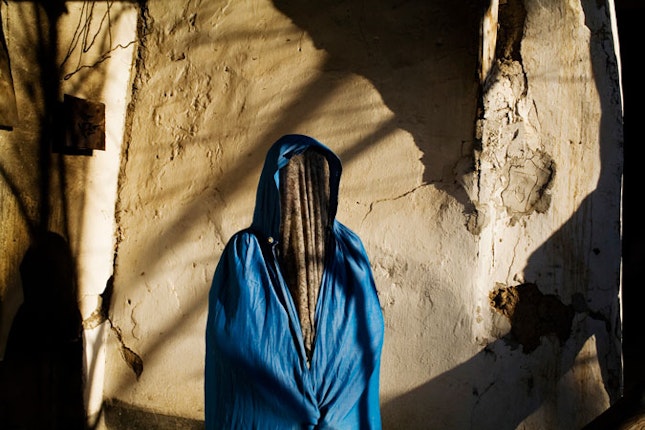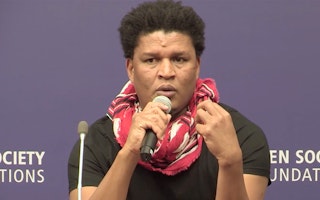Paradise Rivers
Medieval Islamic writings refer to the Amu Darya and Syr Darya in Central Asia as two of the four rivers of paradise. The water they yield has sustained human life for 40,000 years, providing pastures for nomadic herders, irrigation for farmers, and enabling the development of culture, trade, language, literature, and—in parallel—a succession of wars and imperial conquests over the centuries. When the Soviet government officially incorporated the region into its empire, it began transforming the rivers into a web of irrigation canals that brought cotton production to the area on a massive scale. Such large quantities of water were diverted that the Aral Sea, once the world’s fourth largest inland sea, began to disappear, leaving salt and dust storms in its place. When Moscow’s rule ended in 1991, five new Central Asian nations—Kazakhstan, Kyrgyzstan, Tajikistan, Turkmenistan, and Uzbekistan—emerged and were burdened with plunging economies, artificial borders, and a growing environmental crisis.
Despite the divisions that have formed since the Soviet Union collapsed, the two rivers that run through the countries of Central Asia still bind them inextricably. This project by Carolyn Drake follows the rivers from beginning to end through five countries, crossing into the lives of people and layers of history that they intersect along the way.
The Amu Darya and Syr Darya rivers are bodies of water where the connection between the earth and human life is complex and immediately visible. Cotton harvested on toxic, pesticide-contaminated land is later burned in a ritual celebrating rebirth and spring. Farmers who practice an Islam that prizes adaptation and views jihad as an inner struggle create electricity from mountain streams. The Karakum Canal, which runs 1,400 kilometers through Turkmenistan, is the world’s longest canal and has turned barren desert into a lush landscape of fishing, farming, and beekeeping. Dust storms and illness have overtaken land that was once fertile, ancient towns are divided by international borders, and the absence of plumbing and electricity is not because of a lack of supply but a result of politics.
Drake is interested in the lives of people who live along these rivers and those who are most affected by the dramatic changes that governments and empires have imposed on the landscape. Seeing the ways that history has divided and weakened these people, she focuses on what connects them, the rivers. In doing so, she aims to look at what came first—what initially enabled life to emerge along the Amu Darya and Syr Darya rivers—and explore the consequences of what has been done in the name of progress.
The above is an expanded version of Drake’s series Paradise Rivers, which appeared as part of Moving Walls, the Open Society Foundations documentary photography exhibit exploring a variety of social justice and human rights issues.














